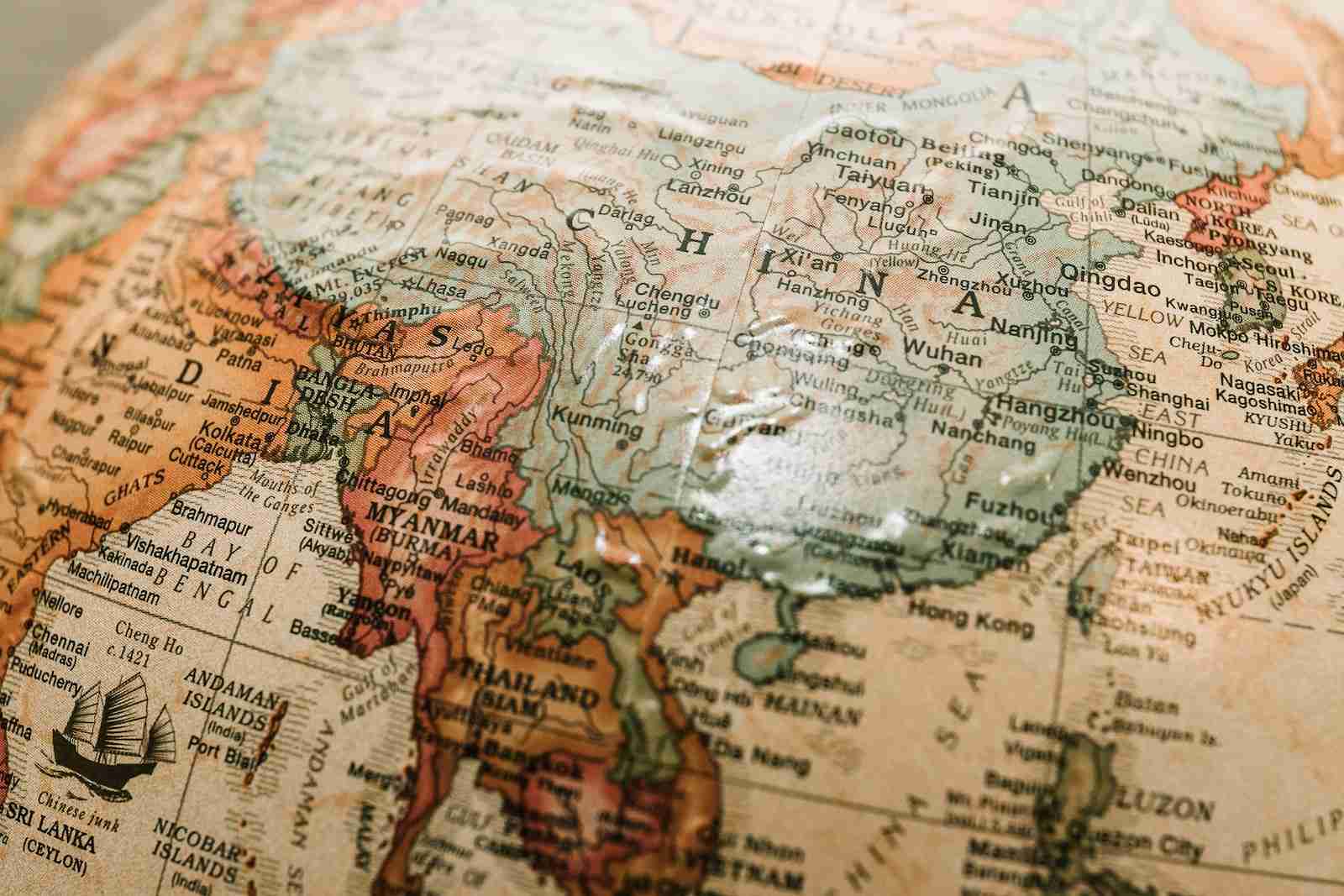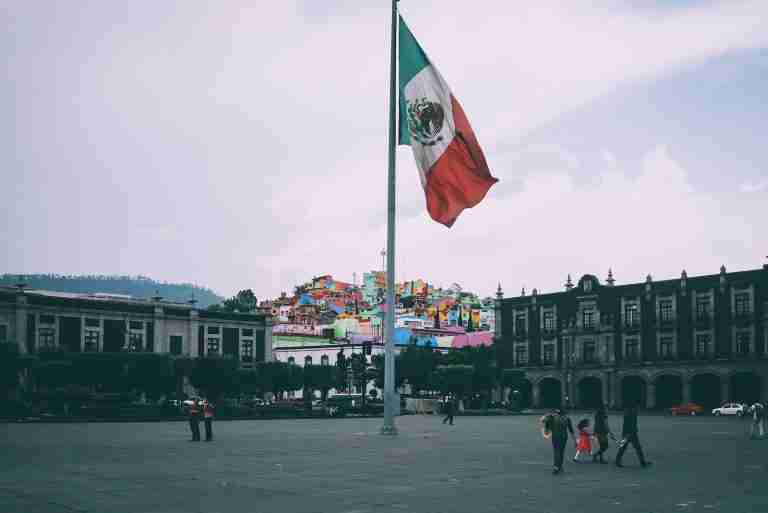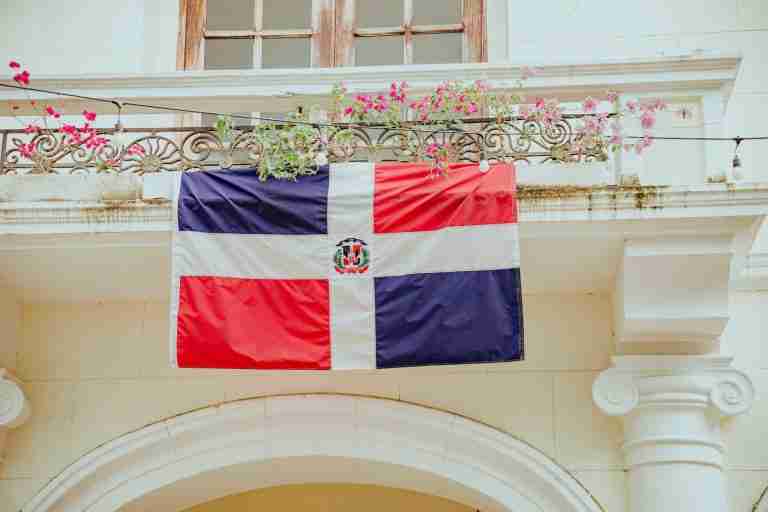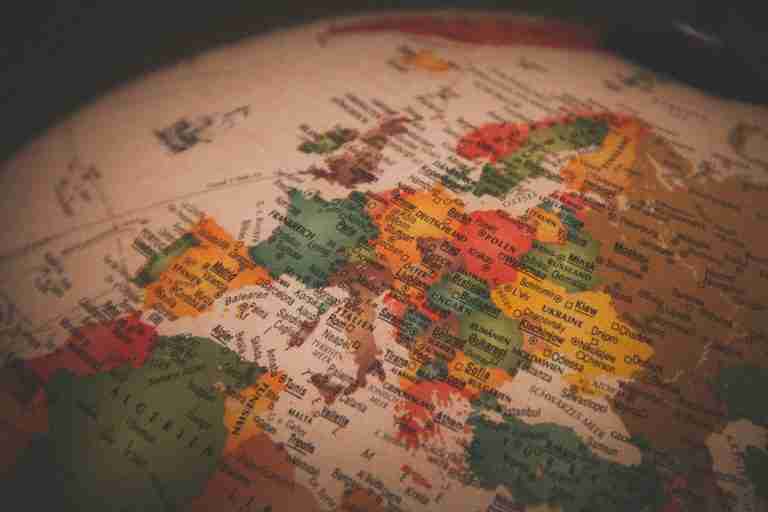27 Fun Facts About Countries | Explore Globe
1. Vatican City is the world’s smallest independent state.
This enclave within Rome covers only 44 hectares and is revered for its profound religious importance.
As the epicenter of the Roman Catholic Church, it wields significant religious influence despite its minuscule size.
2. Canada has the longest coastline.
Canada’s coastline, over 202,080 km long, borders three major oceans: the North Atlantic, Arctic, and North Pacific.
The coastline’s varied landscape plays a vital role in the country’s natural beauty and economic strength, especially in sectors like fishing and tourism.
3. China shares borders with most countries.
China’s borders with 14 nations make it a significant player in Asia’s geographical and political landscape.
These borders encompass diverse environments, from arid regions to lush mountainous areas, reflecting China’s varied topography.
4. France covers the most time zones.
Dependent territories are included in a country’s time zones (apart from claims to the Antarctic). France has the most time zones, with twelve (including its claim in Antarctica), including its overseas territories.
5. San Marino is the world’s oldest republic, which is one of the fun facts about Countries.
Established in 301 AD, this microstate has maintained its sovereignty amidst Europe’s historical changes.
San Marino’s status as an ancient republic is a point of national pride and a fascinating aspect for visitors.
6. Australia is both a country and a continent.
Australia’s unique distinction as the smallest continent and a major country offers a variety of natural wonders.
Its landscape ranges from deserts to tropical rainforests, hosting distinctive wildlife like kangaroos and koalas.
7. Brazil hosts the largest biodiversity.
The vast Amazon Rainforest in Brazil is a crucial global ecological asset, housing the planet’s richest biodiversity.
This rainforest spans millions of square kilometers, playing a key role in climate regulation and species conservation.
8. Japan has the highest density of vending machines.

Vending machines are a ubiquitous part of Japanese life, known for their wide range of available products.
This phenomenon reflects Japan’s cultural emphasis on convenience and technology, offering everything from daily essentials to unique items.
9. India recognizes 22 official languages.
India’s multilingualism highlights its cultural complexity and history, with each language representing different traditions.
This linguistic diversity is a cornerstone of India’s identity, showcasing the country’s rich tapestry of communities and customs.
10. The United States features 63 national parks.
The U.S national park system protects diverse ecosystems, from geothermal features to expansive canyons.
These parks not only preserve natural beauty but also reflect America’s commitment to environmental conservation and public enjoyment of its landscapes.
11. Indonesia is the world’s largest archipelago.
With over 17,000 islands, Indonesia’s vast archipelago is unrivaled, stretching across a significant portion of the Pacific Ocean.
This geographical diversity has shaped its rich cultural and biological diversity, making it a unique and fascinating country.
12. Monaco is the most densely populated country.
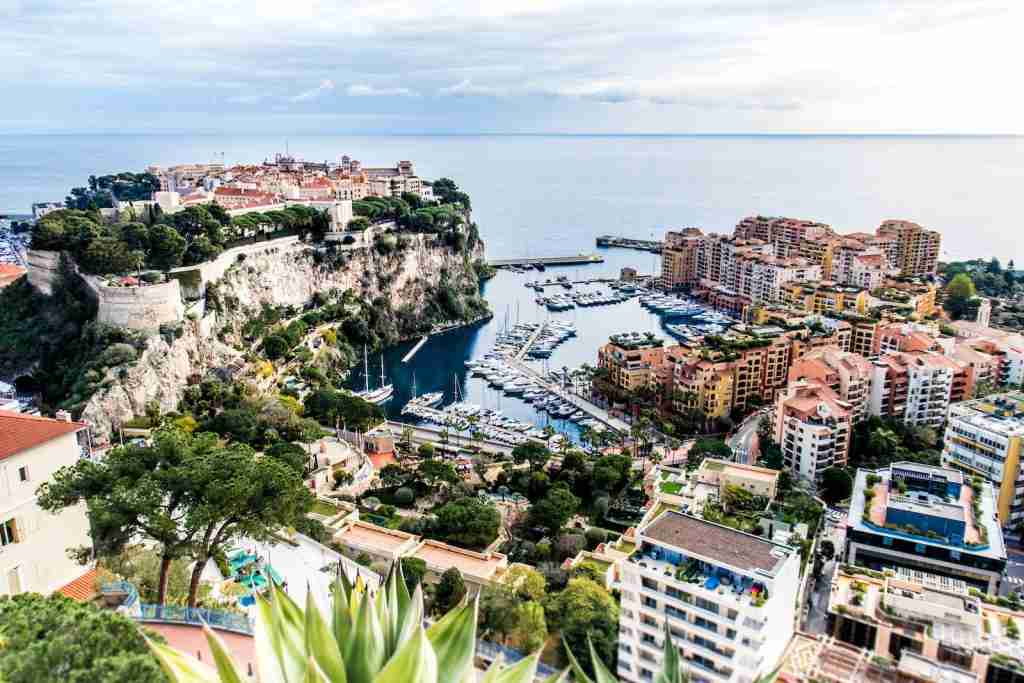
Despite its small size, Monaco boasts the highest population density in the world, with over 26,000 people per square kilometer.
This density reflects Monaco’s status as a major hub of finance, business, and tourism, nestled along the French Riviera.
13. Norway offers prime views of the Northern Lights.
Known for its stunning natural phenomena, Norway is one of the best places in the world to witness the Northern Lights.
The Arctic Circle region in Norway provides an ideal vantage point for this spectacular natural light display.
14. Bhutan prioritizes Gross National Happiness.
Bhutan is unique in measuring its success through Gross National Happiness rather than traditional economic metrics.
This approach emphasizes the well-being and happiness of its citizens, integrating social, cultural, and environmental prosperity.
15. Iceland exclusively uses renewable energy.
Nearly all of Iceland’s energy comes from renewable sources, primarily geothermal and hydroelectric power.
This commitment to sustainability makes Iceland a leader in renewable energy usage and environmental conservation.
16. Italy has the most UNESCO World Heritage Sites.
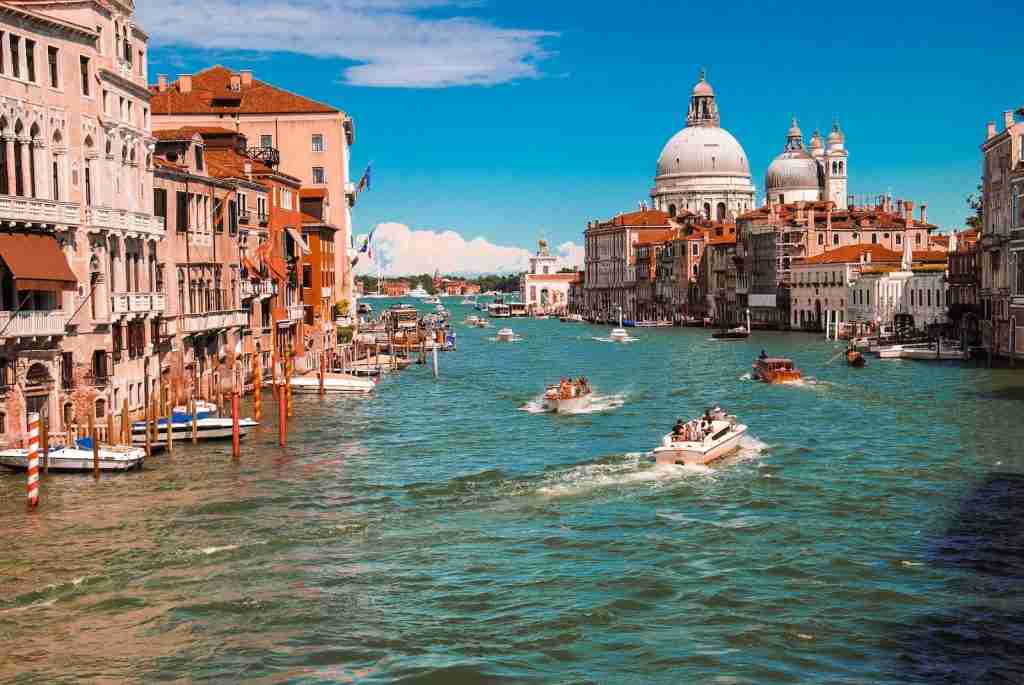
Italy boasts the highest number of UNESCO World Heritage Sites, a testament to its rich historical and cultural legacy.
These sites range from ancient Roman ruins to Renaissance art, reflecting Italy’s profound impact on world history and culture.
17. Nigeria’s Nollywood is a film production giant.
Nigeria’s film industry, known as Nollywood, is one of the largest in the world by production volume.
Nollywood movies are a vital part of Nigerian culture and have gained international recognition for their unique storytelling and style.
18. Madagascar’s wildlife is mostly unique.
Madagascar, an island nation, is famous for its high percentage of endemic species, found nowhere else on the planet.
This uniqueness in biodiversity is due to Madagascar’s long isolation from other landmasses, fostering a distinct evolutionary path.
19. Switzerland maintains a longstanding neutrality.
Switzerland is globally recognized for its neutrality, not participating in any foreign wars since 1815.
This policy has allowed it to become a hub for international diplomacy and organizations, contributing to its reputation as a peacekeeper.
20. Egypt is home to the ancient Great Pyramids.
The Great Pyramids of Egypt, one of the Seven Wonders of the Ancient World, remain a testament to the country’s rich historical heritage.
These architectural marvels continue to fascinate historians and tourists alike with their ancient mystery and grandeur.
21. How many countries are there in South America?
South America comprises 12 countries.
Exploring this diverse continent offers a range of experiences, from the Amazon rainforest to the Andes Mountains.
22. New Zealand’s sheep population outnumbers humans.
In New Zealand, sheep far outnumber the human population, with a ratio of about six sheep for every person.
This abundance of sheep plays a key role in New Zealand’s agriculture and economy, particularly in wool production.
23. Nepal has a high density of World Heritage Sites.
Nepal is distinguished by its high concentration of World Heritage Sites, particularly within its small geographical area.
These sites include both cultural and natural wonders, showcasing the country’s rich history and stunning landscapes.
24. Finland is known as the land of thousands of lakes.
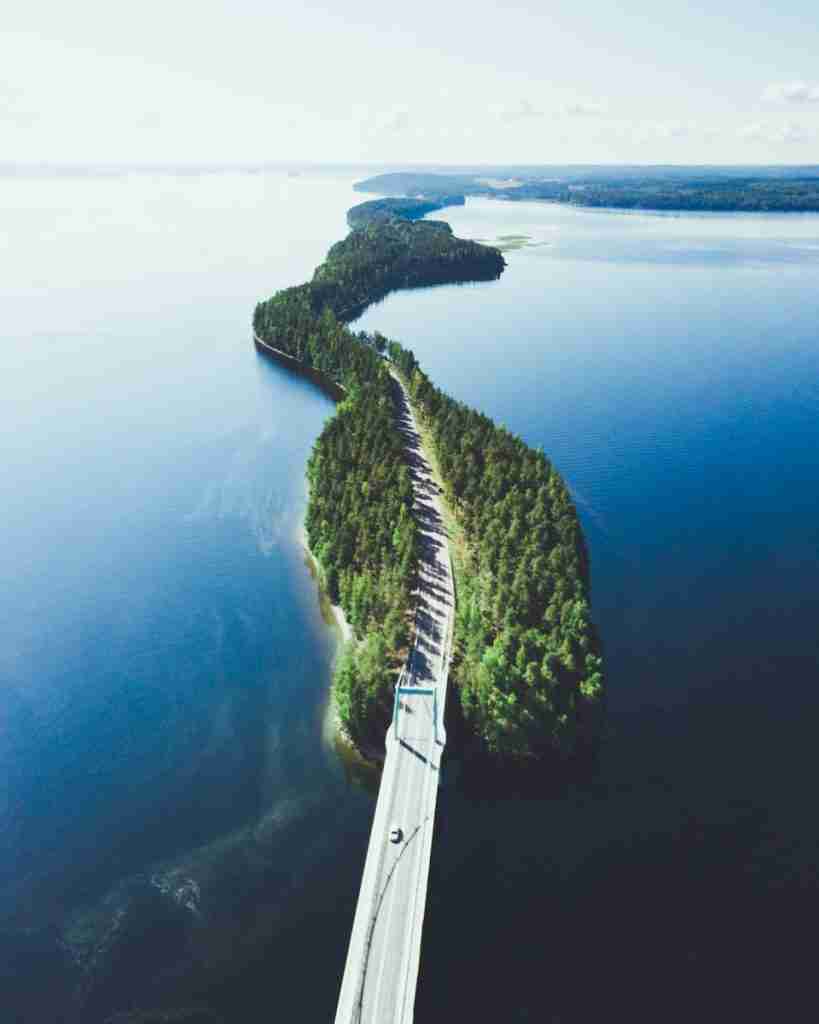
Finland’s landscape is dotted with approximately 188,000 lakes, earning it the nickname “Land of a Thousand Lakes.”
These lakes are a significant part of Finnish culture and lifestyle, offering numerous recreational opportunities and natural beauty.
25. Mexico celebrates the Day of the Dead vibrantly.
The Day of the Dead is a significant cultural festival in Mexico, characterized by colorful traditions and rituals to honor deceased loved ones.
This celebration is a unique blend of indigenous and Spanish influences, reflecting Mexico’s rich cultural heritage.
26. Kenya is renowned for its wildlife reserves.
Kenya is a prime destination for wildlife safaris, thanks to its extensive and well-managed reserves teeming with diverse fauna.
These reserves are not only crucial for conservation efforts but also play a significant role in the country’s tourism industry, attracting nature enthusiasts from around the world.
27. Singapore leads in green building initiatives.
Over 80% of buildings in Singapore are certified as green, showcasing the city-state’s dedication to sustainable urban development.
This commitment to green building practices is part of Singapore’s broader strategy to balance urbanization with environmental responsibility, making it a leader in eco-friendly urban planning.
FAQs
Currently, there are 195 countries in the world. This includes recognized sovereign states with distinct territories, governments, and populations.
Asia is the largest continent and consists of diverse countries and regions. From the bustling cities of Japan to the historical sites in India, Asia offers a broad spectrum of travel experiences.
Europe is rich in history, with landmarks like the Eiffel Tower and the Colosseum. It comprises diverse cultures, languages, and cuisines, making it a captivating continent to explore.
Maps of the world can be easily found online or in atlases. They provide visual representations of countries, continents, and geographical features, aiding in travel planning and exploration.
France is the most visited place by tourists.

